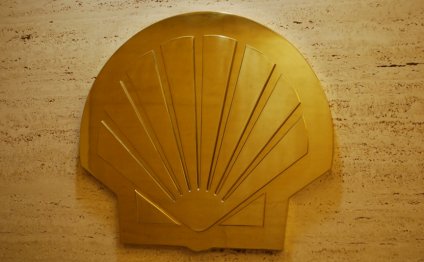
Office of Real Estate
Commercial real estate can be broken-down into many different groups. At a high amount, when anyone consider different sorts of commercial real-estate, they typically think of shopping centers, workplace buildings, or warehouses. Nevertheless commercial realtor industry is much more precise when it comes to defining property kinds. Here is a summary of several types of commercial property with a description of exactly how each category is usually defined.
Workplace
Category. Workplace structures usually are loosely grouped into one of three groups: Class the, Class B, or Class C. These classifications are relative and largely depend on context. Course A buildings are the most readily useful of the finest regarding construction and area. Class B properties may have top quality construction, but with a less desirable location. And Class C is simply the rest.
Central Business District (CBD). Workplace buildings found in the main business district have been in the center of a city. In bigger places like Chicago or New York, and in some mid-sized urban centers like Orlando or Jacksonville, these structures would include highrises found in downtown areas.
Suburban company buildings. This category of work place generally speaking includes midrise frameworks of 80, 000-400, 000 sqft located beyond a city center. Towns may also frequently have suburban company areas which assemble several different midrise buildings into a campus-like setting.
Industrial
Hefty manufacturing. This category of professional property is really an unique use group that a lot of big manufacturer’s would fall under. These types of properties are heavily modified with machinery for consumer, and usually need significant remodelling to re-purpose for the next tenant.
Light Assembly. These structures are much less complicated as compared to above hefty manufacturing properties, and often can easily be reconfigured. Typical utilizes consist of storage, item construction, and a workplace.
Flex warehouse. Flex area is industrial home which can be easily transformed and generally includes a mixture of both manufacturing and a workplace.
Bulk Warehouse. These properties are particularly huge, typically in range of 50, 000-1, 000, 000 square feet. Usually these properties are used for regional distribution of products and require quick access by trucks entering and exiting highway methods.
Shopping
Strip Center. Strip centers are smaller retail properties which could or may not include anchor renters. An anchor tenant is in fact a larger retail tenant which usually acts to-draw consumers into the home. Types of anchor tenants tend to be Wal-Mart, Publix, or Home Depot. Strip facilities typical consist of a mix of tiny retail stores like Chinese restaurants, dried out cleansers, nail salons, etc.
Community Retail Center. Community retail centers are normally in range of 150, 000-350, 000 square feet. Multiple anchors take neighborhood facilities, like grocery stores and drug stores. Also, it's quite common to get more than one restaurants situated in a community retail center.
Energy Center. A power center typically has a few smaller, inline stores, but is distinguished by the existence of a few significant field stores, such as Wal-Mart, Lowes, Staples, ideal Buy, etc. Each big package retailer frequently consumes between 30, 000-200, 000 square feet, that retail facilities typically contain a number of out parcels.
Local Mall. Malls range between 400, 000-2, 000, 000 square feet and usually have a number of anchor renters including shops or big box stores like Barnes & Noble or Best Buy.
Out parcel. Most bigger retail facilities contain one or more out parcels, that are parcels of land set aside for individual tenants like fast-food restaurants or finance companies.
Multifamily
Garden Apartments. Suburban garden flats started showing up within the sixties and 1970s, as young people moved from metropolitan facilities into the suburbs. Outdoors apartments are generally 3-4 tales with 50-400 devices, no elevators, and surface parking.
Midrise Apartments. These properties usually are 5-9 stories, with between 30-110 products, and elevator solution. They are usually built in metropolitan infill locations.
Highrise Apartments Highrise apartments are located in larger areas, will often have 100+ products, and are also expertly handled.
Hotels
Complete solution hotels. Full solution accommodations are usually positioned in central company districts or visitor places, and include the big name flags like Four Seasons, Marriott, or Ritz Carlton.
Restricted service hotels. Accommodations when you look at the limited service group are boutique properties. These accommodations tend to be smaller and don’t typically offer amenities such as for example area service, on-site restaurants, or convention room.
Extended stay motels. These hotels have larger areas, little kitchens, and are designed for men and women remaining weekly or even more.
Land
Greenfield Land. Greenfield land identifies undeveloperd land particularly a farm or pasture.
Infill Land. Infill land is situated in a city features features typically recently been created, but is now vacant.
Brownfield Land. Brownfields tend to be parcels of land previously used for manufacturing or commercial functions, but are available nowadays for re-use. These properties are eco reduced.
See also
- new website http://milk-industry.ru/
Share this Post
Related posts
Arizona Academy of Real Estate
Lauren Bechard (913) 956-9357 This email address is being shielded from spambots. You need JavaScript enabled to see it…
Read MoreArizona Board of Real Estate
At this time around, all meetings tend to be scheduled is held in Department s Phoenix office at 2910 N. 44th Street. The…
Read More















